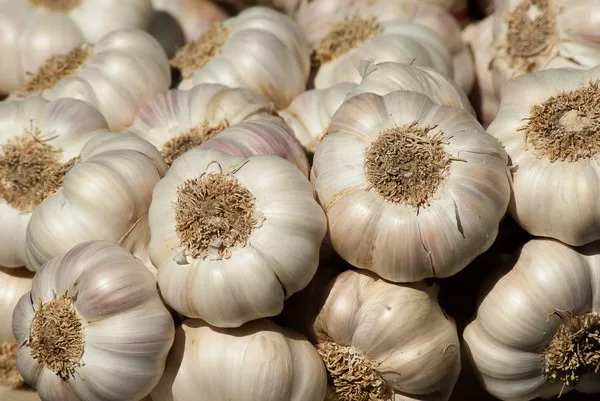Garlic, a versatile ingredient used in cuisines worldwide, holds an esteemed position in culinary traditions and holistic medicine. Over the years, Chinese garlic has gained prominence in global markets due to its remarkably low prices. This article aims to delve into the factors that contribute to the competitive pricing of Chinese garlic and shed light on the economics behind its affordability.
Favorable Growing Conditions:
China, being the largest producer of garlic globally, benefits from a combination of favorable agricultural conditions. Vast arable land, suitable climate, and adequate rainfall in major garlic-producing regions such as Shandong and Henan provinces enable high-yield cultivation at a lower cost compared to other countries. Furthermore, the availability of skilled labor and advanced farming techniques boost productivity, leading to larger garlic harvests.
Economies of Scale:
China’s garlic industry operates on a large scale, taking advantage of economies of scale. Massive production volumes allow for efficient resource allocation and cost reductions across the entire supply chain. From cultivation and harvesting to processing and packaging, economies of scale enable Chinese garlic producers to achieve lower costs per unit. This cost advantage translates into competitive pricing when the product reaches international markets.
Lower Labor Costs:
Compared to many other garlic-producing countries, China benefits from relatively lower labor costs. A large population ensures an abundant labor supply, reducing wage rates. Additionally, mechanization and automation have been extensively implemented in Chinese garlic farms, further driving down labor expenses. These factors contribute significantly to the overall affordability of Chinese garlic.
Government Support and Subsidies:
The Chinese government plays a proactive role in supporting its garlic industry. Providing subsidies for agricultural inputs, infrastructure development, and research and development initiatives assists garlic farmers in enhancing productivity and reducing costs. Such support enables Chinese garlic producers to maintain competitive prices while sustaining profitability.
Minimal Regulatory Constraints:
Compared to some other garlic-exporting countries, China has relatively fewer regulatory constraints and stringent quality standards. While ensuring adherence to necessary safety measures, the streamlined regulatory environment enables garlic producers to focus more on production efficiency. The reduced compliance burden leads to cost savings that are subsequently passed on to consumers in the form of lower prices.
Currency Value and Export Incentives:
The value of the Chinese currency, the yuan, plays a crucial role in determining the affordability of Chinese garlic. If the yuan is undervalued compared to other major currencies, it can enhance the competitiveness of Chinese exports, including garlic. Moreover, the Chinese government also offers export incentives, such as tax rebates and subsidies, which further reduce the cost of exporting garlic and enable competitive pricing in international markets.
Market Dominance and Price Strategy:
China’s dominance in the global garlic market allows it to influence prices. With its vast supply capabilities, China can strategically set lower prices to gain market share and establish itself as a reliable supplier. This aggressive pricing strategy, coupled with the aforementioned advantages, has made Chinese garlic an attractive option for buyers worldwide.
Conclusion:
The affordability of Chinese garlic stems from a combination of factors, including favorable growing conditions, economies of scale, lower labor costs, government support, minimal regulatory constraints, currency value, and strategic pricing. These factors have positioned China as the leading exporter of garlic globally, offering competitively priced products without compromising quality. As global demand for garlic continues to rise, understanding the economics behind the low pricing of Chinese garlic helps foster a deeper appreciation for the complexities within the global food industry.

